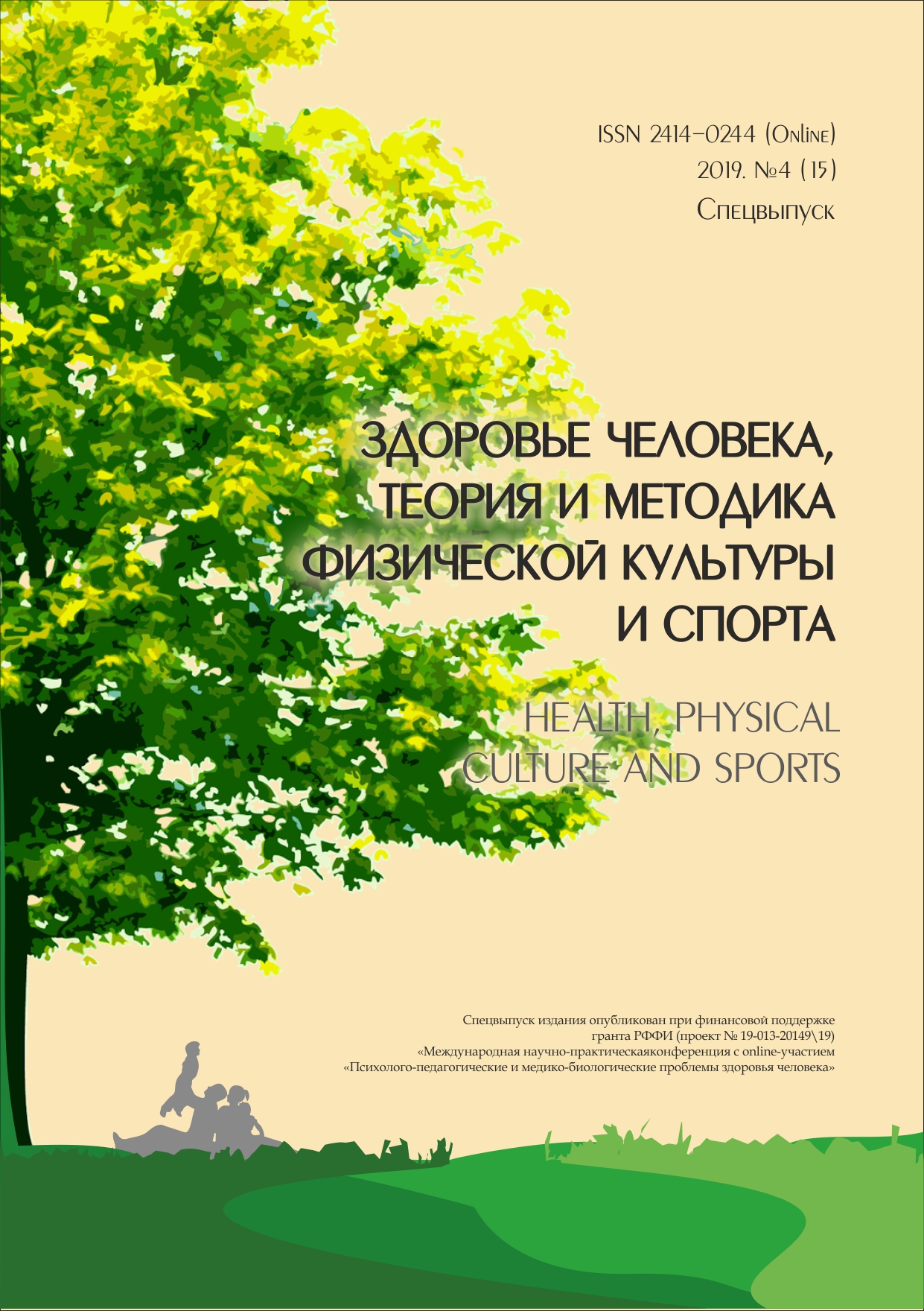YOUTH ADDICTIONS TO HARMFUL HABITS
Abstract
The article is devoted to the study of youth’s propensity for harmful habits. The empirical basis of the study was a group of students from a university in the Altai Territory. Among them 32 male respondents and 54 female respondents aged 17–18 years. Research method — testing for a predisposition to the use of psychoactive substances, developed by G. G. Kulinich. In order to identify the level of youth’s dependence on alcohol and tobacco smoking, we used such methods as a test for alcohol and drug addiction, a test for predisposition to the use of surfactants, and a test for determining dependence on nicotine. e total score is calculated as the sum of the points for all points of the test. e higher the score, the higher the risk appetite for the respondent. e results obtained indicate that in the subgroup of students about 40 % have a low level of predisposition to the use of psychoactive substances, students are not at risk. 43 % of students have an average level of predisposition to the use of psychoactive substances. is subgroup of respondents can be classied as a risk group. 18 % of respondents have a high level of predisposition to the use of psychoactive substances. ey need special attention of the teacher, doctor, psychologist. When summarizing the results obtained during the diagnosis, it was found that the most signicant problems for a h of young people are, rst of all, a high level of predisposition to alcohol and tobacco use.
Downloads
References
Романова Е. В. Здоровье молодежи в аспекте изучения аддиктивных форм поведения // Здоровье человека, теория и методика физической культуры и спорта. 2016. № 2. С. 14–24. URL: http://journal.asu.ru/zosh (дата обращения: 12.10.2019).
Рубинштейн С. Л. Основы общей психологии. СПб.: Питер, 2009. 720 с.
Москаленко В. Д. Психическая предрасположенность к развитию зависимости от ПАВ (личностные, социальные, семейные факторы риска) // Руководство по наркологии / под ред. Н. Н. Иванца. М.: Медпрактика, 2002. Т. 1. С. 182–188.
Кулинич Г. Г. Вредные привычки: Профилактика зависимостей. 8–11 классы: Классные часы. Родительские собрания. Викторины, конкурсы. Тесты, анкеты. Советы психолога и врача. М.: ВАКО, 2008. С. 50–53.
Соловьева С. Л. Аддиктивное поведение как способ компенсации эмоционального дефицита // Медицинская психология в России. 2009. № 1. URL: http://www.medpsy.ru/mprj/archiv_global/2009–1–1/nomer/nomer18.php (дата обращения: 29.11.2016).
Трафимчик Ж. И. Феномен Я-концепции в ракурсе аддиктивного поведения личности // Проблемы здоровья и экологии. 2012. № 3 (33). С. 50–55. [Электронный ресурс]. — URL: http://puma/article/n/fenomen-ya-kontseptsii-v-rakurse-addiktivnogo-povedeniya-lichnosti (дата обращения: 29.11.2016).
Ельчанинов В. А. К вопросу о запрете и табу // Философские дескрипты. 2015. № 13 (13). С. 15–21.
Черданцева И. В., Николаенко А. С. Выявление парадоксальных структур в моде // Философские дескрипты. 2015. № 14. С. 16–21.
An author should not normally publish manuscripts describing essentially the same research in multiple journals or publication venues. Such redundant publication is generally considered to constitute unethical publishing behavior, and if discovered may result in a manuscript under consideration being rejected, or a published article being retracted.
Authors of manuscripts reporting on original research should present an accurate account of the work performed, accompanied by an objective discussion of its significance. Underlying data should be represented accurately in the manuscript. The manuscript should contain sufficient detail and references to permit others to replicate the work. The fabrication of results and the making of fraudulent or knowingly inaccurate statements constitute unethical behavior and may be cause for rejection or retraction of a manuscript or published article.





